Forty-seven, 48, 49… Ooh! A cuckoo!
The distinctive sound is so close that I look up, vainly hoping I’ll see it up in the tree. I don’t, so I return to my counting.
But… was I on 47 or 51? Probably neither. These days, my attention span is diminishing as rapidly as my memory capacity. Ugh, I’ll have to start again.
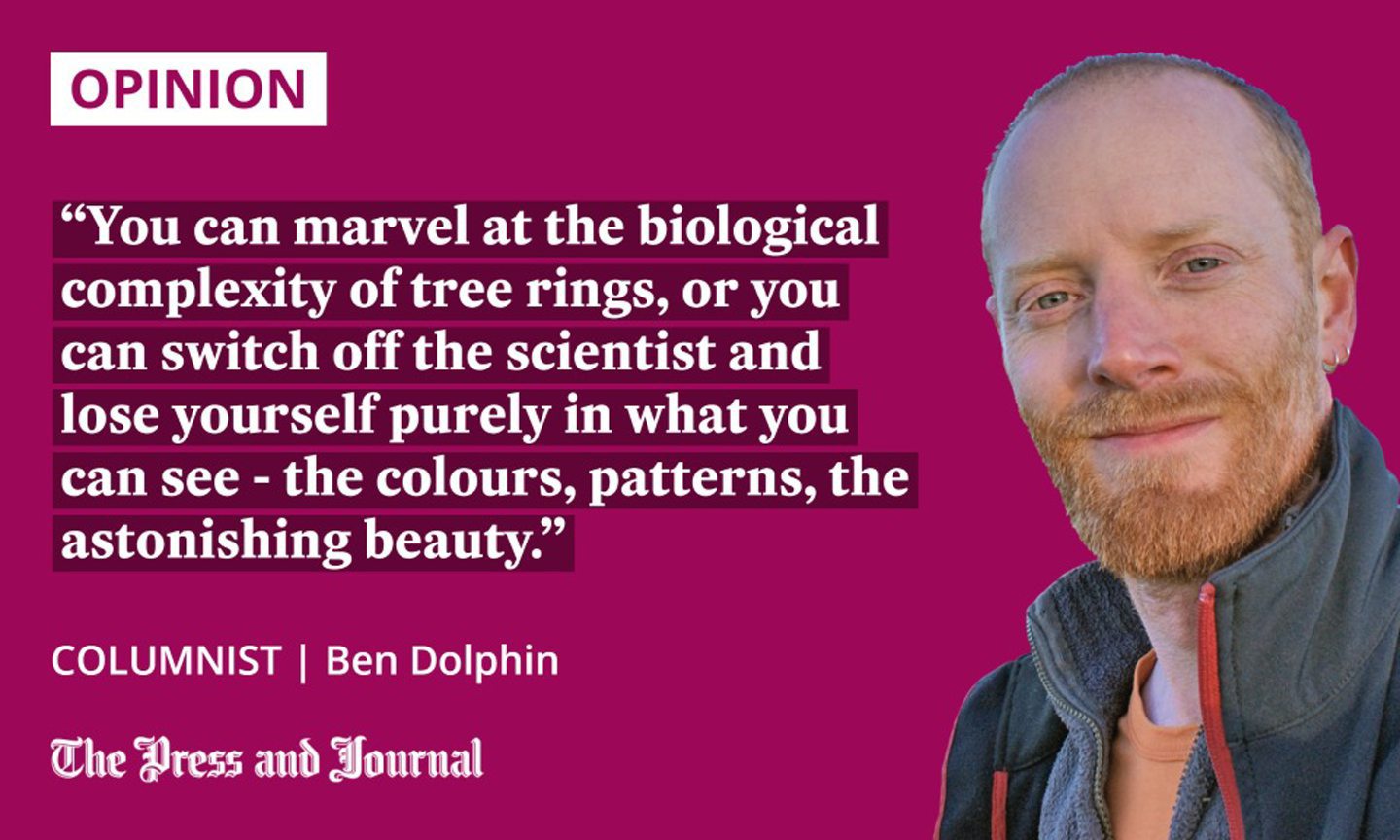
One, two, three, four, five…
I’m slowly tracing my finger outwards from the centre of a massive tree stump. It’s Arwen’s handiwork.
November’s storm took so many Deeside trees before their time but, here at Mar Lodge, it felled giants. I walked past this one last week and was struck by the clarity of its rings, so I’ve returned to see how old the tree was when it fell.
Sixteen, 17, 18…
Trees grow new cells every year, just under the bark, which steadily increase the tree’s girth. In late spring and summer, when growth is rapid, new cells that form are large and less dense.
But, in late summer and autumn, when growth is slowing, new cells are smaller and denser. This produces a distinctive pair of rings (respectively light and dark) that together reflect one year’s growth.
Fifty-seven, 58, 59…
There’s a wonderful sense of nostalgia, but I can’t remember the last time I did this. Most likely, it was with a forest school class in Braemar before the pandemic, but the last time I did this for myself? By myself? It’s been years.
I enjoy the tactile element of it, moving my finger across the wood and feeling the smoothness of the cut.
Seventy-two, 73, 74…
Taking a (much) closer look
Somewhere around 85, the cuckoo calls again. It takes all my powers of concentration to ignore it, pushing through the nineties until somehow, miraculously, I reach 100.
I won’t deny, I feel a buzz of excitement. Partly because I’ve managed to concentrate long enough to get here, but mainly because the kid in me is still amazed that something can live to this age.
The lines are so close together now, they’re almost a blur; ring thickness reflecting how readily the tree put down new growth that year
Of course, as a number, 100 is no more significant than 99 or 101, but we humans do love a round century.
There’s still some way to go, so I hold my finger exactly where it stopped, at the 100th ring, and lift my eyes to the far distance, if only to reassure them that the far distance still exists.
The next part looks challenging. Until now, the rings have been millimetres apart, but now they’re narrowing to well under 1mm, so I’m going to need my magnifying glass to see the gaps. I could probably keep going unaided, but the thought of losing concentration at this late stage induces mild panic.
As Jeremy Clarkson would say, I need a safety net – somewhere to fall back to if it all goes wrong.
I etch “100” discreetly into the wood at the appropriate ring, and hover my magnifying glass over the trunk.
One hundred and one, 102, 103…
The colour of the wood has abruptly changed from dark brown to light yellow. This is the transition from the “spent” centre of the tree (the heartwood) to the living outer part of the trunk that transports water and minerals around the tree (the sapwood).
One hundred and 28, 129, 130…
The lines are so close together now, they’re almost a blur; ring thickness reflecting how readily the tree put down new growth that year. A thick ring indicates good growing conditions, a thin ring the opposite.
Variations in sunshine, rainfall and temperature have an effect, and so the study of tree rings (dendrochronology) has proven useful in the study of historical climate change. However, ring thickness can also be affected by insects and other animals, fire, disease, or even being shaded out by neighbouring trees.
Marvel at biology or beauty – or both
One hundred and 55, 156, 157….
I can see the finish line out the corner of my eye but the repetition is taking its toll. I’m genuinely in danger of hypnotising myself.
Someone from the estate team will likely find me here next week, unmoving, apparently sniffing a tree stump.
Standing below a flippin' great big tree on the estate driveway 🙂 pic.twitter.com/v0hncMHokU
— Ben Dolphin (@CountrysideBen) May 3, 2022
Mercifully, I reach the outer bark, running out of rings at a satisfyingly high 179. Give or take a few years, this correlates nicely with a known phase of tree planting on the estate around 1840, and so I feel pretty chuffed, like I’ve conducted my own wee science experiment.
True, it’s not groundbreaking science, nor is it among the oldest trees on the estate (there’s a Scots pine that’s 545 years old!), but that doesn’t matter.
As with many things in nature, you can marvel at the biological complexity of tree rings, or you can switch off the scientist and lose yourself purely in what you can see – the colours, patterns, the astonishing beauty.
Just mind you don’t look too closely, otherwise you might go cuckoo, like I almost did!
Ben Dolphin is an outdoors enthusiast, countryside ranger and former president of Ramblers Scotland
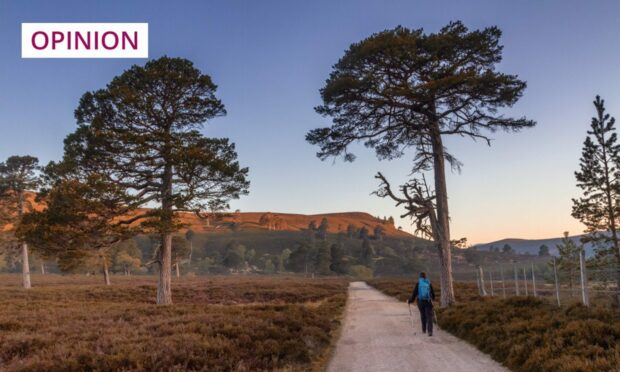
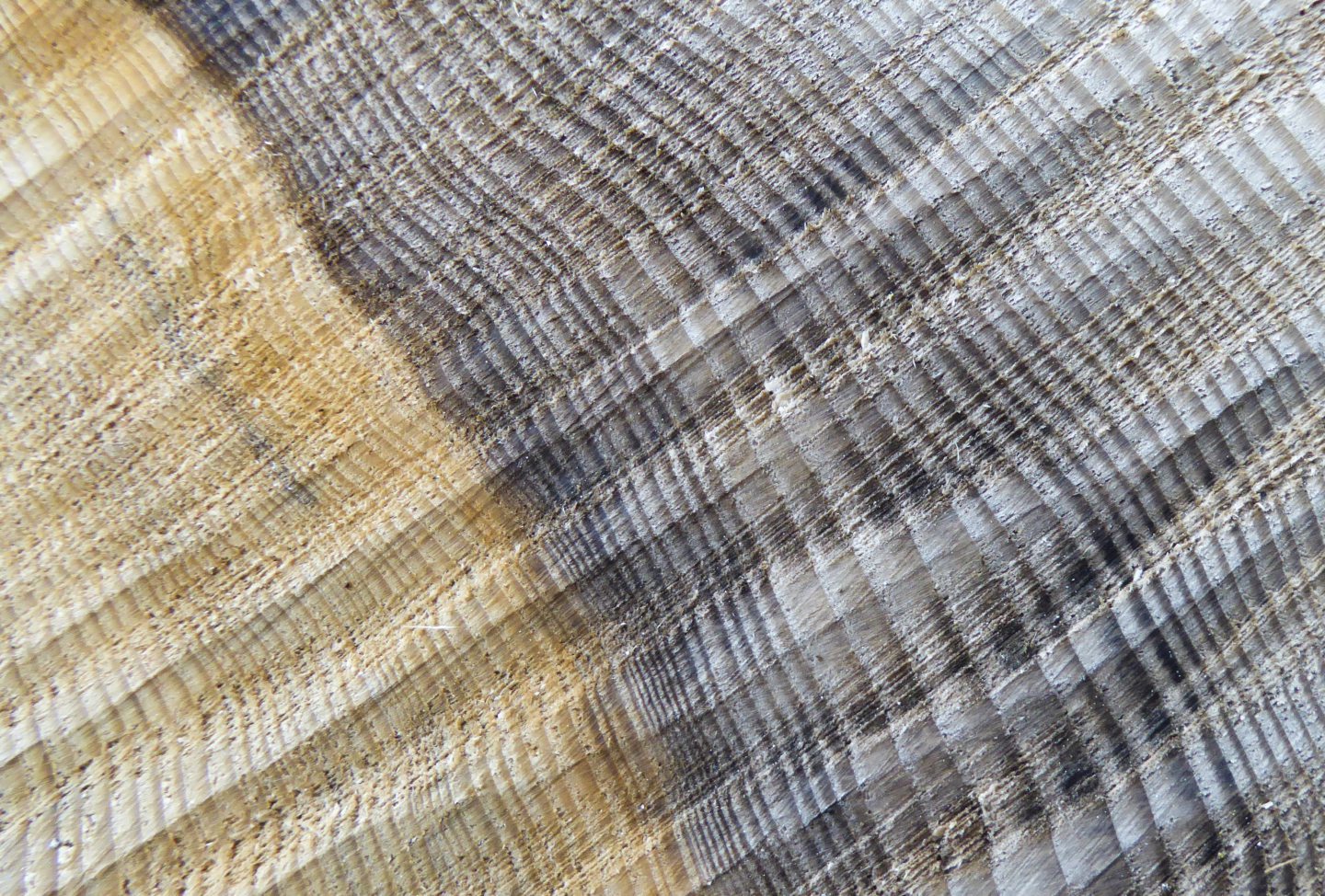
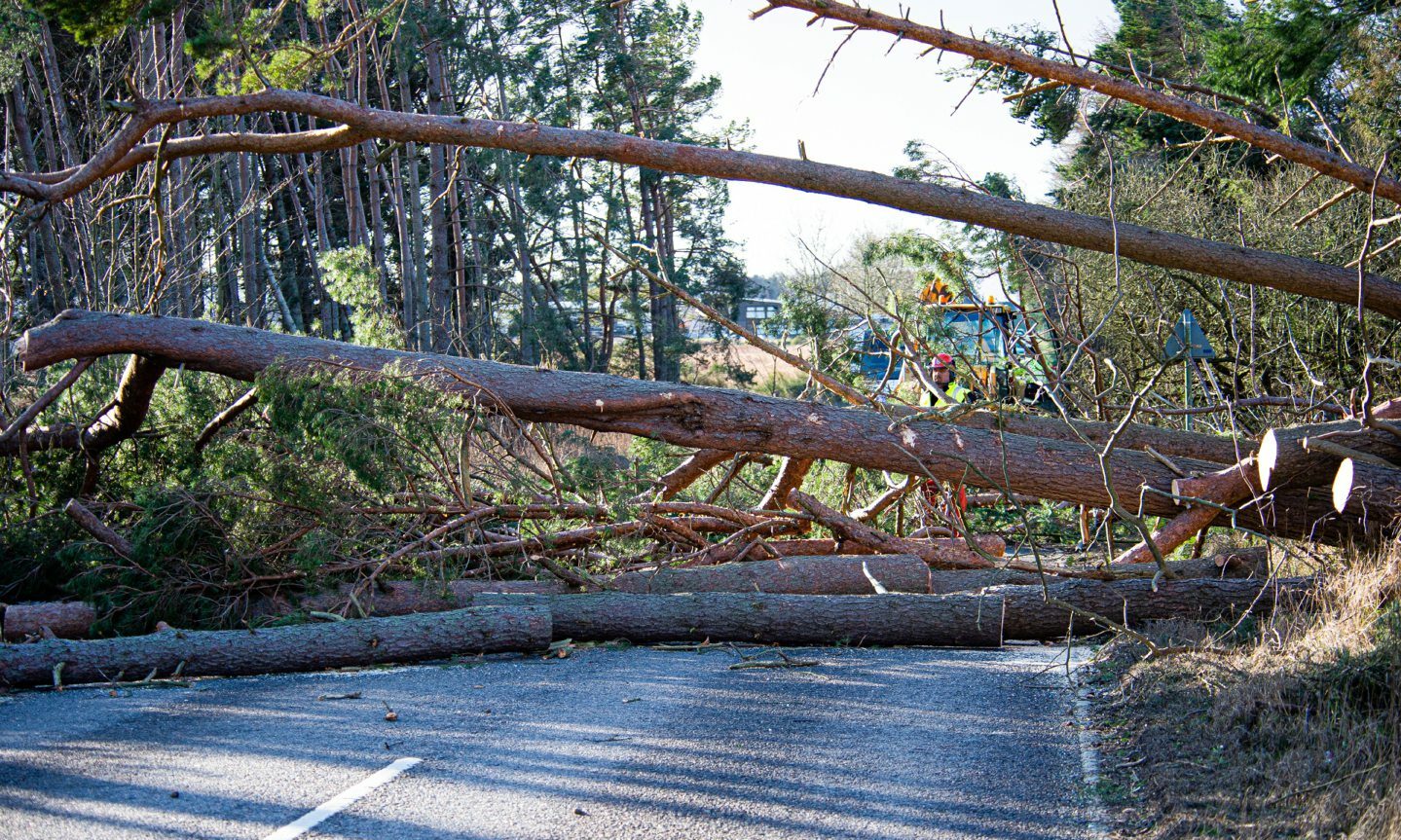
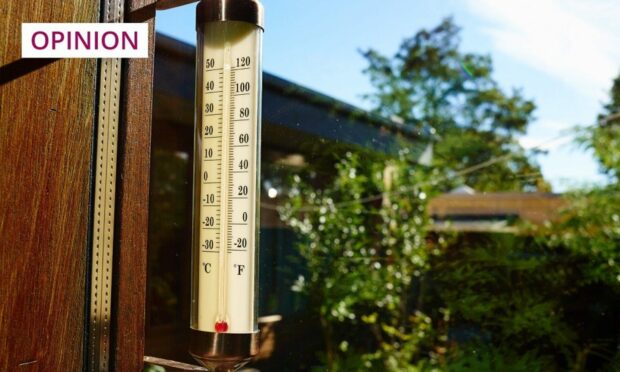


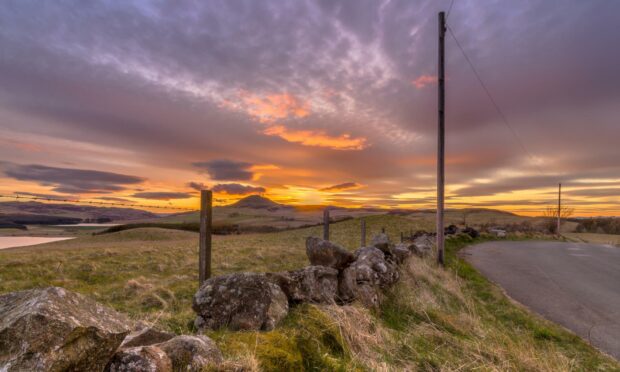




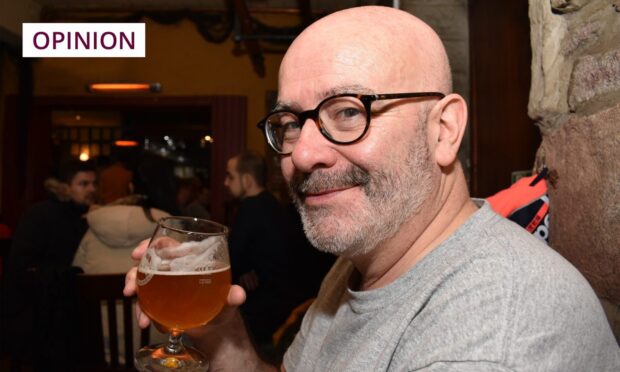




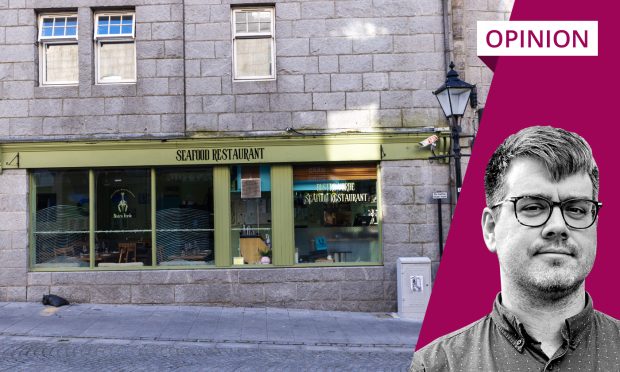

Conversation